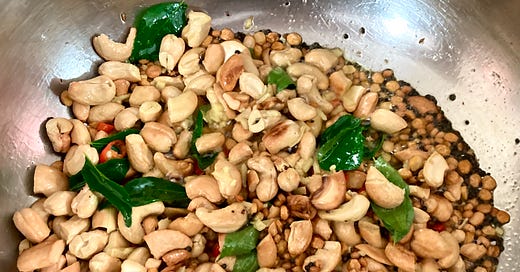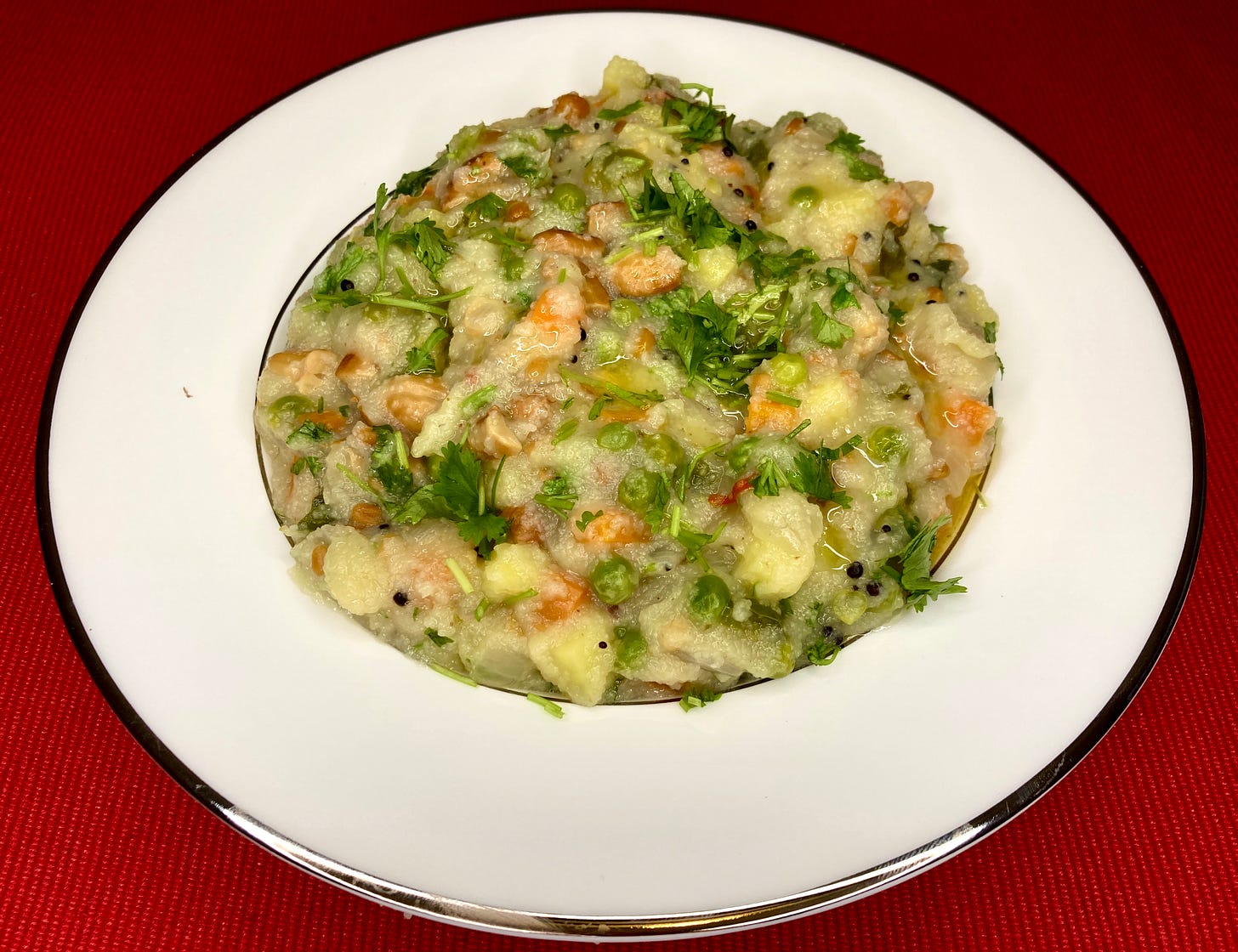So last week, I watched Netflix’s The Chair. I held out for a while, but then gave in. Why? Because it is about an English Department, and I was curious. Why did I initially hold out? Because I didn’t want to be disappointed. But I watched it, and really enjoyed parts of it.
And I am disappointed.
The very idea of what an English Department is has changed SO much in the past few decades. If you were to ask my dad’s generation what an English department was in his day, the answer would be automatic: English meant literature (and specifically British and American, but more on that in a minute). Today, that is hardly true. The English Department on the show is just literature – and this is not my quarrel.
The show is clever, entertaining, and the characters, colorful. The Chaucer specialist is particularly noteworthy: a very intelligent, feisty, absolutely unapologetic old woman with a penchant for swearing, the sort of character every faculty member in English Departments I know secretly wants to be. Then there is the old person lecturing on Melville, and a younger Melville specialist. And then there is the terribly cute, messy-haired, troubled fellow, the character students swoon over. Gotta have one of those. And there are the old white men who love the sounds of their own voices, old curmudgeons, every one of them. All that is missing is a tweed jacket with the elbow patches. And perhaps a pipe.
So what was the problem? Sure, the focus of the show, appropriately, is change: out with the old, in with the new; and herein lies the problem. The new is younger, more diverse faculty; the new is new methods of teaching. But the material itself doesn’t change at all: literature, on the show is, for the most part, traditional, canonical, British and American texts. The passing mention of Audre Lorde seems to be the show’s homage to diversity (as far as its representation of English literature goes), as are the characters themselves, of course; The show chooses to address diversity very obviously in the choice of their cast – both main characters (The Chair is a woman and Korean American) and extras. OK.
In my mind, these are obvious and superficial nods to diversity. For the most part, the literature in the department is still old white people teaching old white writing. There is little evidence of what the Chair, on more than one occasion, waxes eloquent about: the changes in the discipline itself, but nowhere is this evident. New takes on canonical texts? Perhaps. The Chaucer character goes off how Chaucer is a “badass” because of the different ways one can approach his work. Sure. But couldn’t themes or ideas have been explored through a study some slightly less traditional work? With the exploration of new badasses? To go along with the changing times? I mean, perhaps even a slight focus on exploring non-British or non-American English literature? Of which there is a heck of a lot? I am not suggesting that works of the traditional literary canon be replaced altogether. Nope, the badassery of Chaucer can live on. But it would have been nice to see a wider representation of English literature…to more actively embrace diversity.
If one, at this point, is saying to oneself, “But it’s just a show….” Is it?
“And what does all this have to do with sociolinguistics”? one might continue. This: Just as English literature still tends to be largely British and American, the English language, as much work as sociolinguists and dialectologists have done in the past 5 decades to accept and embrace the diversity within the language, to celebrate its many, many forms, is still dominated by native-speaker norms – those from the US, the UK, Australia, New Zealand, Canada. Gate-keepers.
And the hold that the western white world has on English literature and the English language, is the hold it seems to have on food. Someone on one of the Facebook food groups I am a part of proudly announced recently that chicken tikka had now reached the villages of Odisha (a state in the north-eastern part of India). He continued, in explanation, that in Odisha, rural people are fond of sikar puda, where flavored meat is either cooked like tikkas on bamboo skewers or wrapped in saal leaves and thrown into embers.
This sounds a heck of a lot more interesting than chicken tikka, doesn’t it? But they want to call it chicken tikka, and adapt their more interesting recipes to become more like the chicken tikka because even in very small towns across India, people want what the western world sells. There are, apparently, more than 300 McDonald’s stores in India, spread across 42 cities in India. And how have they modified their fare to suit the Indian palate? The chicken-frikkin-tikka burger. Wouldn’t a “sikar puda” burger be more interesting?
Ok, enough rumination for today. What are we cooking?
Today, I give you another dish that is largely absent on the menus of Indian restaurants outside India. Upma (/ʊpma/), a South Indian dish usually made either of semolina or coarsely ground rice, and often eaten as a breakfast, but really, can be eaten at any time. As with anything, there are plenty of varieties of upma, so I will give you what I what I learned as a child combined with how I have adapted it slightly to my (and my husband’s) specific tastes. Vegetable upma. This is, again, a Tamil word, and comes from the words Uppu Mave (/ʊppʊ maːʋɨ/), which literally mean salt dough. In Kannada, the term is uppittu (/ʊppɪʈʈʊ/), which comes from Uppu Hittu (/ʊppʊ hɪʈʈʊ/), again meaning salt dough. The names notwithstanding (I mean, salt dough??), a really lovely dish. A stick-to-your-ribs, soul-satisfying one.
Vegetable Upma (serves 4-6, eaten as a meal)
Ingredients
1. 1 cup finely diced onions (doesn’t matter what color they are)
2. 2.5 cups mixed vegetables. I suggest a combination of carrots, green or red peppers, peas, cabbage, cauliflower, green beans, potatoes, or any combination of these. Cut all the veg into small bite-sized pieces – about half-inch cubes. They should all be about the same size to avoid problems with under or over cooking them.
3. 1 Tbsp ghee (vegetable oil will do if you don’t have any ghee) to roast the semolina
4. 1 cup semolina – Indian stores usually sell two kinds, fine and coarse. The fine is great, but if you can’t find that, the coarse works as well.
5. 3 Tbsp vegetable or canola oil (or any neutral oil) for sautéing the vegetables
6. 1 jalapeno or any other fresh (not dried) chili of your choice – more if you like it spicy.
7. 1 Tbsp finely chopped fresh ginger. If you don’t have any, you could use 1 tsp of ginger paste, or ½ tsp of dried ground ginger.
8. 1 tsp mustard seeds
9. 1 Tbsp urad dhal
10. 1 Tbsp channa dhal
11. ½ to ¾ cup of cashew nuts, halved or quartered.
12. 2 sprigs of fresh or dried curry leaves, if available
13. 2 squeezes of asafoetida
14. 2.5 tsp salt
15. 4 cups of hot water
16. ½ cup fresh chopped coriander/cilantro (if you don’t like cilantro, by all means leave it out)
17. 3 Tbsp fresh lime juice
Method
1. Heat the ghee in a skillet or wok and add the semolina. Roast the semolina on a low flame for about 5-7 minutes, constantly stirring. Stirring is important because the semolina browns and burns easily if left alone. When it is roasted, it smells very fragrant. The finished product should be a wee bit darker in color than raw semolina, but by no means should it be anywhere close to brown. Put the semolina aside to cool.
2. Now either in the same skillet or a different one (if you are using the same one, wipe it down to ensure there is no semolina left sticking to it, as this will burn), heat the oil. When the oil is hot, add the mustard seeds. When they start popping, immediately turn the heat down to low.
3. Once the mustard has popped for about 10 seconds, add the urad and channa dhals. Stir for about 30 seconds and then add in the cashew nuts. Continue stirring on a low flame.
4. Allow both dhals and cashews to get a pretty golden brown. Once this happens (should take a couple of minutes), add the asafoetida, ginger, jalapeno, and curry leaves (stand back if you are using fresh leaves). Stir all these for about 30 seconds.
5. Turn the heat up to medium and add the diced onion. Sauté for 2-3 minutes.
6. Now add the mixed veg and 1tsp of the salt. Sauté for about 5-7 minutes, stirring occasionally.
7. Add 3 cups of hot water at this stage, and add the remaining 1.5 tsp salt.
8. Let the water and veg come to a boil, and then add the roasted semolina. Add the remaining cup of water and cook, stirring constantly, for about 5 minutes. As it thickens, it bubbles; make sure you stand a bit away from it to avoid getting splattered.
9. If you think it is too stiff (if you can’t stir it anymore, it is), add a bit more water. The final consistency, for me, is like polenta. Once you have added the semolina, cooking time shouldn’t be more than 5-6 minutes.
10. Turn off the heat and stir in the fresh coriander and fresh lime juice.
11. Dish yourself up some while it is hot! This can be eaten absolutely plain, or with a dollop of ghee on top. Or if you have a bit of a sweet tooth, with a bit of sugar sprinkled on top. My husband shudders at this, but this is how I absolutely love it – childhood all over again.







I love upma! have been having trouble finding urad dhal out here but Erik just sent me an amazon link.
True words all around! I also liked (by which I mean I rolled my eyes) the $130K salaries these profs with 5 students were supposedly pulling down. As if.